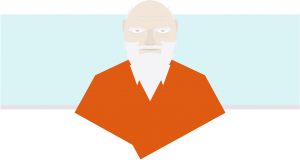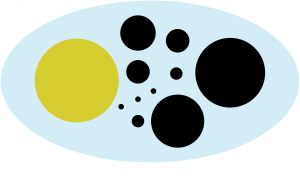GameSpace

Link
GameSpace is a three-dimensional visualization of 16,000 games on Wikipedia. The visualization uses natural language processing (NLP) machine learning algorithms to position games based on their Wikipedia article text. This is the same process (latent semantic analysis) that was used to derive the GameNet, GameSage, and GameGlobs models, with an additional step that uses t-stochastic neighborhood embedding (TSNE) to provide each game with a three dimensional coordinate in a "galaxy" of games.
GameSage

Link
GameSage is a tool that takes free-text input describing an idea for a videogame and lists the existing games that are most related to that idea. This tool utilizes the notion in LSA of folding in, whereby a new document that was not used during model training is fitted with a representation in the semantic space derived by the model. By treating the user’s input text (which specifies her game idea) as a corpus document (on par with the videogame Wikipedia articles we used to train our LSA model) and folding it in, we are able to derive an LSA vector for the idea. From here, we determine which existing games (from among GameNet’s 11,829 games) are most related to the game idea by using cosine similarity, just as we did in constructing GameNet.
GameNet

Link
Gamenet is a tool for videogame discovery in the form of a hypertext network in which related games are linked. Users start at a game of their choice and can explore the network by following links to related games or by jumping across the network through a link to a highly unrelated game. In addition to links to its most related and unrelated games, each game's entry gives a text summary of it, extracted from Wikipedia, as well as links to YouTube gameplay videos and images from Google. The tool is able to reason about relatedness among nearly 12,000 games automatically through a technique from computational linguistics called latent semantic analysis.
GameGlobs

Link
GameGlobs is a two-dimensional visualization of various clusterings of the games in our LSA model. A user selects how many clusters (groups of related games) she would like to see the 11,829 games partitioned into. Each cluster is drawn as a circle that can be clicked to display the games it contains, which are stylized as hyperlinks to their entries in GameNet. The clusterings themselves were derived by applying the classic k-means algorithm to the games’ LSA vectors
